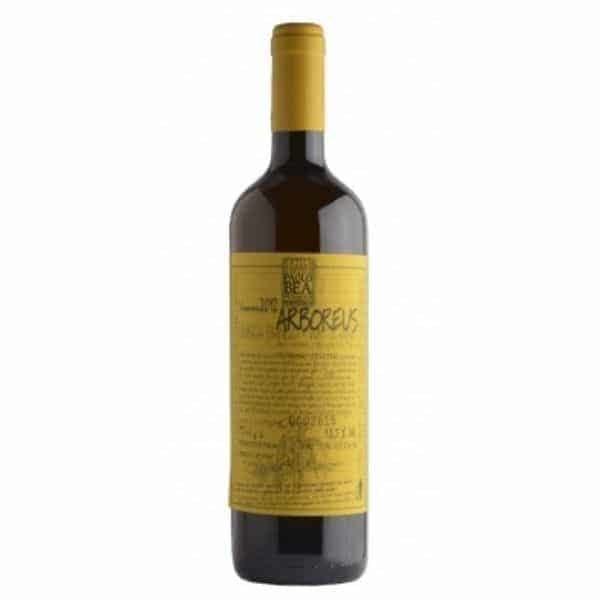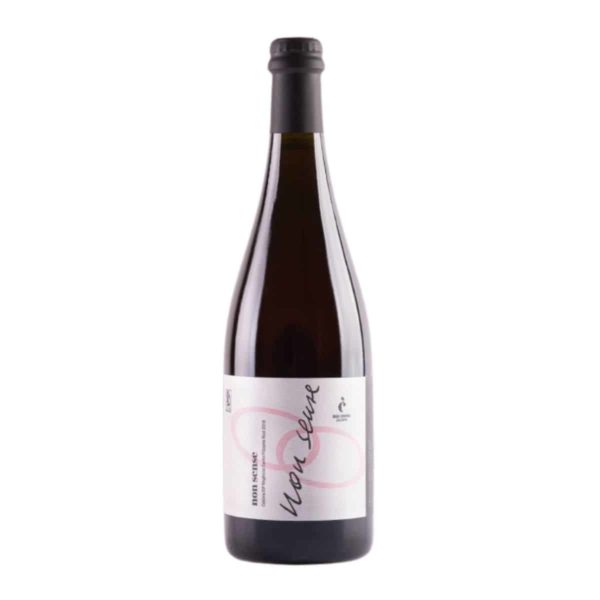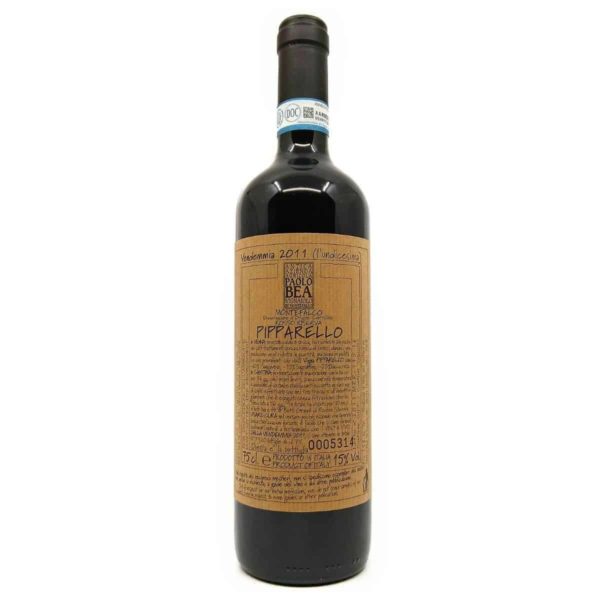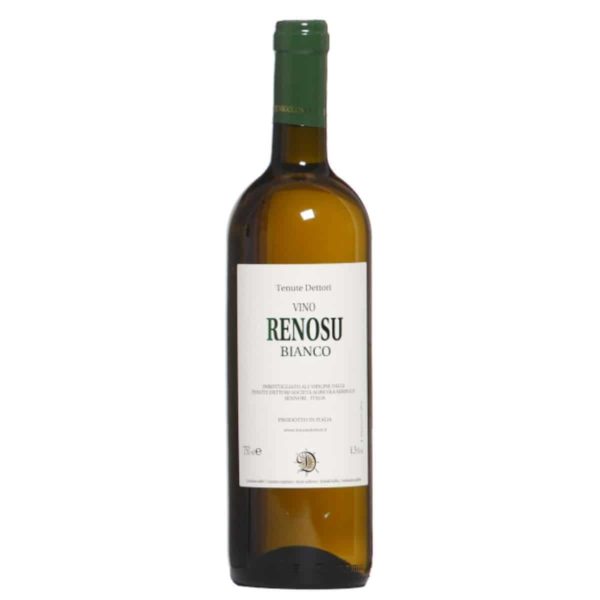Curiosity
Grero, a native Todi’s vine, has always existed in this area but had been completely abandoned. Iacopo is among the first to make a new plant in 2014 and among the very first to re-propose it as a marketed wine.
Author Suggestion
“Nero Jacopone is the wine you never get tired of drinking. To drink always, on any occasion. Perhaps this is why, even if in a very limited production, it always ends before the arrival of the new vintage. ” Iacopo Paolucci
Wine Tips
The Grero grape is a native Umbrian vine from the Todi area. It is a recently discovered vine, the result of 4 years of research, analysis, studies and experimentation. Studies culminated in 2011 with the inclusion of Grero in the National Register of Wine Grape Varieties.
The origin of the name Grero derives from a reinterpretation of the name Greco Nero, a name erroneously given to the vine since the first documents that mention it in 1893. Only current studies have emphasized the originality of the Umbrian vine. In fact, Greco Nero already existed in Calabria, but Grero, due to its organoleptic characteristics, differs considerably from this one. The name, therefore, derives from the initial and final endings of the two names and means GREchetto ROsso.
There are three documents that attest to how much this vine was already present in the territory of Todi long ago. The first trace is dated 1893 and is a quote in the General Yearbook for viticulture and enology, where a certain Baldeschi writes that one of the black grapes grown in Umbria, precisely in Todi, Città di Castello but also in Rieti, was the “Greco” . The second is from the early 1900s, when Bertazzoni writes in the Miscellany about the resistance that “il Greco Nero” shows to powdery mildew, but not only that, it is very resistant in general to fungi and molds thanks above all to a more thick.
The third historical citation is dated 1946 in a thesis by Doctor Fausto Mauro Pongelli, where Greco Nero is mentioned as one of the most cultivated varieties in the Todi area.
The analyzes on the wine produced from Grero grapes show a high quantity of polyphenols, antioxidants and natural anti-inflammatories, the alcohol content averages 12.4%, moreover the strong presence of total anthocyanins, give an excellent coloring intensity with chromatic notes ruby red and violet reflections. Finally, there is a high oxidation stability of anthocyanins. The intensity of bitterness, astringency and body are balanced. The acid note is also good, giving a certain freshness to the wine.
Given the thick skin, the Grero harvest is a late harvest, in fact the grapes are harvested in mid-October. The primary varietal aromas are those of violet and apple compote, while the secondary ones of fermentation enhance hints of blackberry, blueberry, raspberry and currant.
Today there are not many producers in the Todi area who experiment with the cultivation and vinification of Grero, both in purity and as a blend. Some of these are also trying their hand at the passita version and the classic method. Many trust in a DOCG denomination, especially hoping for a strong collaboration between the various players in the sector. To date, that of Grero di Todi remains a niche production that stands at just 3 total hectares, perhaps also due to the fact that the Grero plant has a lower productivity than the norm.
With our contribution we want to give life to a native who has every right to be known in its splendor and charm and its ease of drinking helps us to push it commercially as it is a wine that can be easily combined in the kitchen.















Reviews
There are no reviews yet.